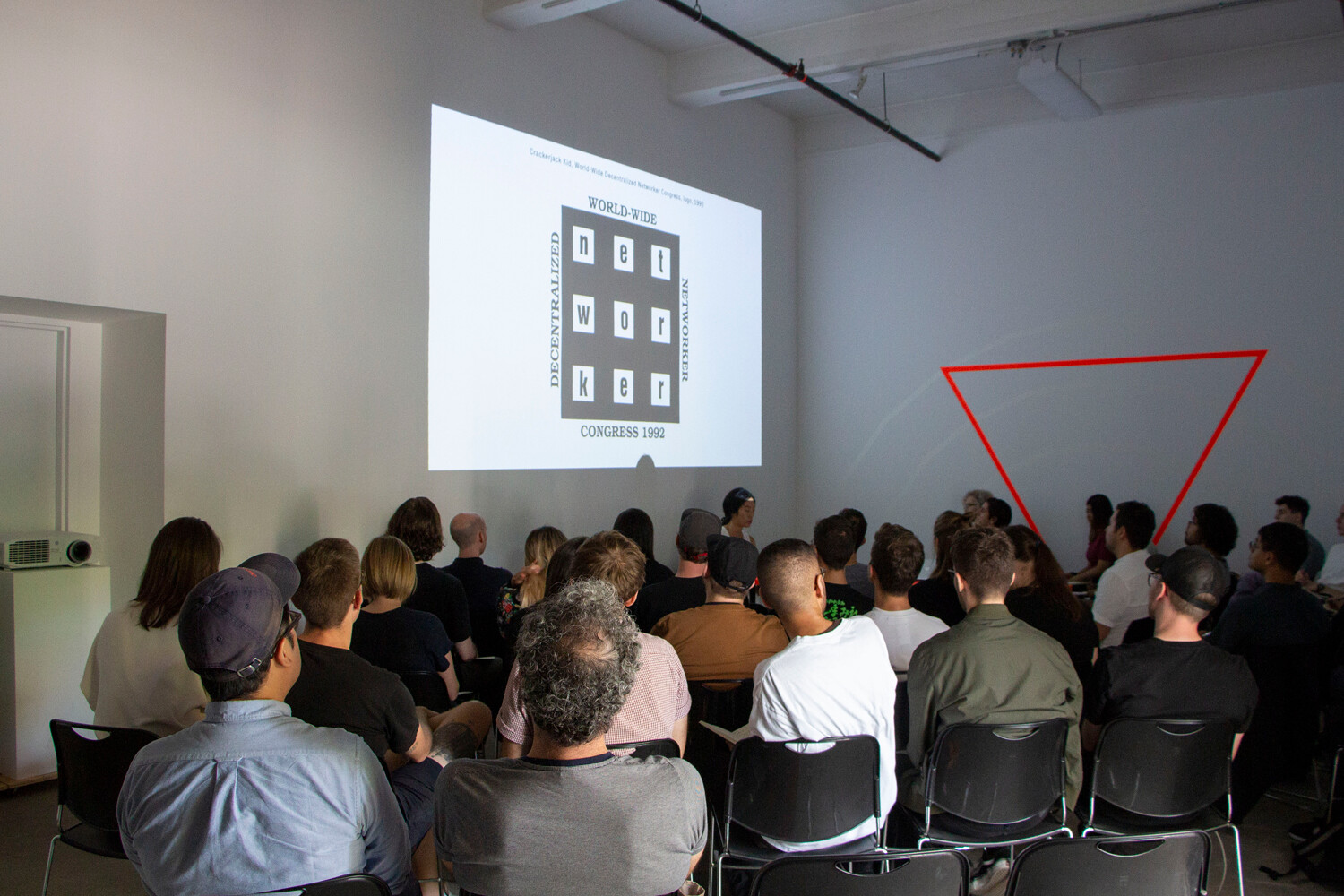Office Hours: Mindy Seu: Mason Gross School of the Arts at Rutgers University
1. Why did you decide to go into teaching?
Teaching feels like a form of research and development. Not only am I able to embed criticism into these studio classes, but during each semester, I learn so much from the students. This circular environment keeps me engaged, and I’m able to practice lifelong learning.
2. What drew you to your school and what is your teaching philosophy?
Mason Gross School of the Arts at Rutgers University has a rich history and encourages hybridity. The Rutgers MFA in visual arts at Mason Gross School of the Arts was established in 1960 as the first non-disciplinary-specific fine art graduate program in the United States. Our MFA in design program is a few years old, and we promote interdisciplinarity as students develop their own research-driven design practice. Because it is a public school, the student body is incredibly diverse from racial, cultural, political, and economic perspectives. My own pedagogical practice upholds interdisciplinarity and encourages overlap between art and design as we develop personal methods for art-making.
3. What theory and art history do you consider most essential for your students? What artist or artwork do you refer to most often?
Because I teach a variety of classes, I won’t name a specific artist or artwork, but I typically start each class with a segment called “what’s new on the net” as a way to discuss contemporary moments about the internet and technology. It opens up a space to discuss topics such as social media activism like #metoo and #blacklivesmatter, platform oligopolies and controversies like Facebook vs. Apple, impacts of internet policy like CESTA-FOSTA, and more. And as more students make work on the themes of identity, these current events, theories of decolonization, critical race, and intersectional feminism have become essential for engaging in this dialogue.
4. How do you navigate generational or cultural differences between you and your students?
At the beginning of each semester, the students and I implement a group agreement for each course. Codes of conduct or ethics agreements are tricky because everyone has different measures of what they consider ethical or not. Because of this, the group agreement allows the students to determine how their peer-group dynamic will work. Some of the rules can be as general as not speaking before raising your hand or reducing phone time in the classroom. Others include “take space, make space,” which encourages shy students to speak up and more extroverted ones to listen, or “don’t make assumptions,” which reminds students to explain acronyms, references, et al. during discussions or critiques.
Read more of Mindy Seu’s Office Hours on School Watch.
Office Hours is a new questionnaire series that gathers insights on teaching from artists. In response to ten prompts, educators reflect on the discourses and approaches that animate their teaching, share their visions for the future of art education, and offer advice for students navigating the field of contemporary art.
School Watch presents critical perspectives on art and academia. Featured profiles, surveys, and dialogues consider education in fine art, curating, and critical theory, as well as the ideas and conditions that influence practice.




